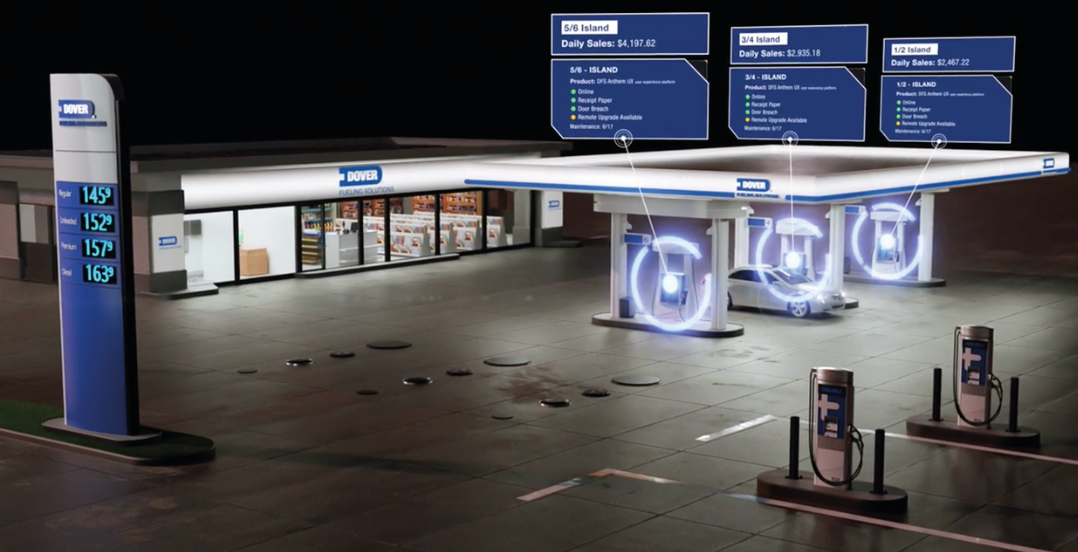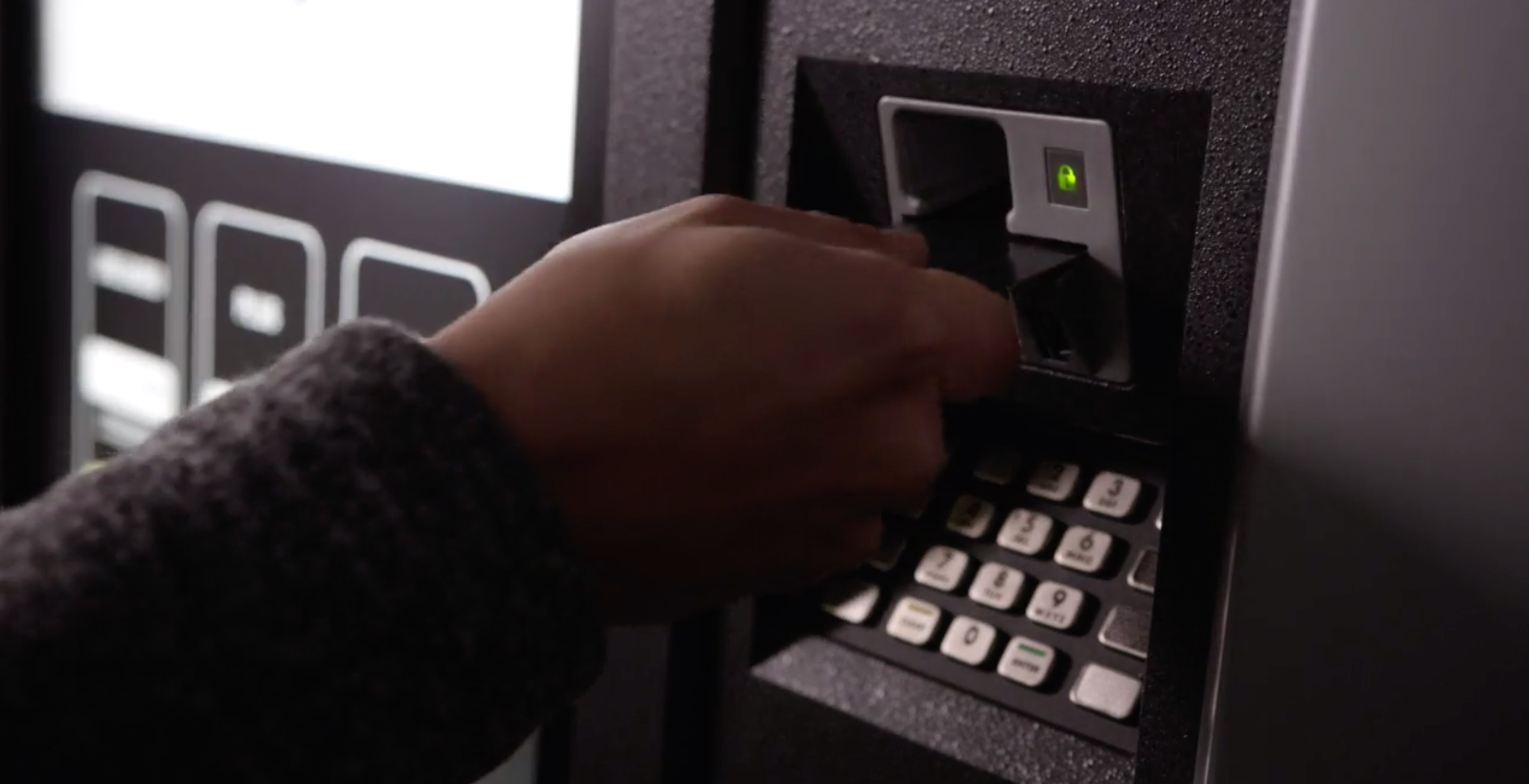Pump profits: payment tech pulls it together
Published on May 17, 2021
As technology continues to sprint ahead, it will surely make doing business easier for both customers and retailers. Yet, for c-stores serving up everything from food to fuel, investing in that shiny, new payment technology remains an intimidating — and costly — proposition.

Pandemic or not, using a credit or debit card is the preferred way for fuel customers to pay. Data from payments consultant Mercator Advisory Group for 2020 found that 32% use a credit or charge card, and 25% prefer a debit card. Alternative electronic methods of payment — online service, mobile wallet, mobile app, store credit cards or general gift cards — totalled 18%. Just one in four customers preferred cash.
Electronic payments will become more common. That means point-of-sale (POS) systems that integrate the latest technology with pump purchases will be essential to preventing fraud and improving ease of use for both team members and customers.
Ali Husain is president of Atlanta Petroleum Equipment Co., which owns seven Royal Food Stores in the Atlanta area. Tech is Husain’s forte. He upgraded his Royal stores to the Verifone POS system with fuel pumps on the Anthem system, a product of Dover Fueling Solutions® (DFS). Like most new integrations, the system is automated through the POS terminal and flows from the register system directly to the dispensers.
“We moved from the traditional dispensers, the old- fashioned fuel pumps, to touchscreen, 27-inch marketing machines,” said Husain. “So, it’s a little bit of a training curve … but less for the employees, more for the customer because these are all self-service units.”Husain estimated that about 80% of customers got up to speed quickly. “The other 20%, a little bit older crowd, we had to train them,” he joked.
Many retailers worry about installation of new pumps and technology infrastructure disrupting business. For some of the systems, installation can be done in a day, depending on how many pump islands are in a location’s forecourt. Beware any lengthy installation window that can severely curtail your operating time.The newer, large-screen dispensers are quite versatile, according to Husain. Half of the screen runs video motion graphics, and the other half hosts still graphics. “So it’s promoting products, it’s promoting price of products, it’s promoting service of the store itself … upselling of fuel, and also promoting the local municipalities and government and police department and whatnot,” Husain explained.
But that visual component also has the ability to carry advertising for local businesses. Paid advertising. That’s extra revenue for your bottom line.
The newest pumps and POS units are also self-diagnosing. Wi-Fi enables the systems to notify the servicer before the retailer knows there’s a glitch. That eases troubleshooting and gets the fix started much more quickly — which means that pump is returned to its normal state sooner and delivering fuel to customers.

Future-proof POS
Be sure to find a system that can be upgraded as future technology improves. Compare your POS system to a bare smartphone — retailers can add whatever functionality to it that works for them. When new and better functions are developed, they can be added to the existing system.
In the not-so-distant future, pumps will feature things like an email receipt option and even facial recognition. There will surely be functions to be developed that retailers didn’t know they needed.
Retailers can expect to pay monthly fees for some of the software services; the more functionality, the higher the fees. Compare that to the revenue generated by a location’s fuel pumps, the value of the data mined from transactions and how much it will increase your receipts.
“I think that merchants need to talk with others that they know in their business network and get recommendations on who’s reliable in terms of the types of agents or organizations that are handling their payments,” advised Raymond Pucci, director, Merchant Services Practice with Mercator Advisory Group.
While selecting a vendor, Pucci said, retailers should take the time to develop some questions.
Know how well the new system will integrate with existing back-office software and hardware — and existing loyalty programs. Clearly understand all of the fees involved — annually, monthly and per transaction. Are you buying or leasing the new hardware? Make sure that all of that data gleaned through a POS channel will belong to you — that’s valuable information you can harness for inventory, ordering, pricing, promotions and other uses.
Do the math. All of this tech wizardry can be a bit daunting, but retailers shouldn’t be afraid to brainstorm questions — and be sure to ask them. If they do their homework, retailers — and increased profits — won’t get left behind. CSD

FAST FACTS: DID YOU KNOW?
Fuel customers prefer electronic payments over cash 3:1.
Larger fuel pump displays can promote store items and generate local ad revenue.
New point-of-sale systems feature automated diagnostics and alert service providers.



